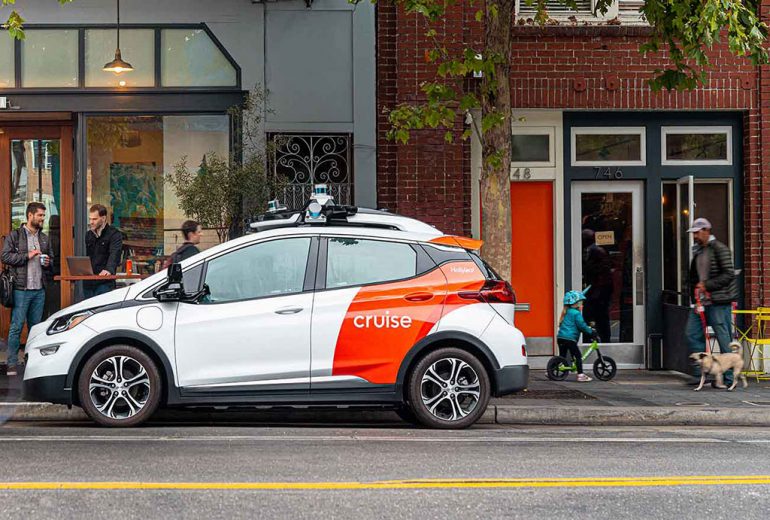
The California Department of Motor Vehicles (DMV) has initiated an investigation into a series of concerning incidents involving autonomous vehicles operated by General Motors’ Cruise unit in San Francisco. These developments come on the heels of a recent accident involving one of Cruise’s robotaxis and an emergency vehicle in the city.
The DMV’s move to investigate follows a collision between a Cruise robotaxi and an emergency vehicle in San Francisco, occurring late in the evening on Thursday. This incident adds to a growing list of accidents involving self-driving vehicles, raising questions about their safety and reliability.
Also, don’t forget that you can get discounted new car pricing with a free quote through qualified local dealer partners.
In response to the investigation, the DMV has requested that Cruise immediately reduce its active fleet of autonomous vehicles by 50% until the inquiry is concluded and safety measures are put in place. Cruise has agreed to this reduction, demonstrating its commitment to cooperating with the regulatory authorities.
The DMV has also emphasized its authority to suspend or revoke testing and deployment permits should the investigation determine that Cruise poses an unreasonable risk to public safety. This underscores the seriousness of the situation and the need for thorough scrutiny.
While we continue our investigation in partnership with city officials and regulators, we wanted to provide an update on our preliminary analysis of the incident. Read more here https://t.co/yPPRIKwJ4W
— cruise (@Cruise) August 19, 2023
Cruise, in its defense, stated that its vehicle had entered the intersection on a green light and was struck by the emergency vehicle, which appeared to be responding to a crisis. The autonomous vehicle did attempt to mitigate the risk by initiating a braking maneuver, but it ultimately couldn’t avoid the collision. Cruise is actively investigating the incident, aiming to determine the precise causes and contributing factors.
Initial findings from the investigation indicate that the collision occurred while a fire truck was responding to an emergency, with its forward-facing red lights and siren activated. Fortunately, the sole passenger in the autonomous vehicle sustained non-life-threatening injuries and was transported to a local hospital for treatment.
This incident comes at a time when the California Public Utilities Commission (CPUC) recently voted to allow robotaxis from Cruise and Alphabet’s Waymo to operate 24/7 in San Francisco and charge passengers for rides, despite opposition from city residents and agencies. San Francisco City Attorney David Chiu has expressed concerns about the readiness of this technology, citing poor autonomous vehicle performance that has impacted the ability of first responders to carry out their life-saving operations. He has called for a re-evaluation of the CPUC’s decision to expand the use of robotaxis without adequate safeguards in place.
As the investigation unfolds, the spotlight remains on the safety and regulatory challenges posed by autonomous vehicles, particularly in densely populated urban environments like San Francisco. The outcome of this investigation may have significant implications for the future of self-driving technology in California and beyond.